Why isn’t much American Chardonnay very enjoyable? And how do we break this cycle? If you don’t like chardonnay, try this tip.
Obligatory bias alert: I have to admit, my position in this situation isn’t entirely neutral. In the time that I’ve been drinking wine and developing an interest in the subject, I’ve had my fair share of Chardonnay.
In doing so, I’ve noticed two things:
- There’s a lot of it.
- Not very much of it is enjoyable.
It’s curious to me why this is the case. Usually when you have such a large amount of any kind of product, there are roughly equal portions that are excellent, acceptable, and poor.
Disclosure: Posts may contain affiliate links, so if you click an affiliate link and/or buy something you’ll support this blog and I’ll make a little money, at no cost to you. If you really care, you can read our full legalese blah blah blah.
Why isn’t much American Chardonnay very enjoyable?
Why, then, with the glut of Chardonnay on the market, is the distribution tails-heavy towards the “poor” end of the spectrum?
Several possible answers spring to mind.
The first is that Chardonnay is inherently an inferior grape. I find this pretty unlikely. White Burgundy wines such as Chablis and Pouilly-Fuisse stand up to the test any day of the week. Therefore, we need to focus less on the grape itself, and more on how it’s being produced.
Here in Virginia, pretty much every winery you visit has a Chardonnay. Some have several–there are all kinds of experimentations being done with oak aging versus storage in stainless steel tanks. However, overall you’ll find a tendency towards the drier, oakier, more buttery Chardonnays and less emphasis on the crisp citrus and fruit notes that are also inherent in the grape variety.
Why is this? My guess is that old chestnut, “that’s the way it’s always been.” Think of all the cheap store-bought Chardonnay you get these days. Odds are good it tends towards the dry, oaky, etc., etc. style rather than the stainless-steel fermented style. This is largely because of attempts to ape the French style of aging in oak barrels, which is just the way Chardonnay is done in France.
However, the dumbed-down, simplified version of aging done in oak (which is the only version I know at the moment, sadly) is that French oak adds more subtlety and nuance, while American oak adds more body and texture to the wine. (This difference is due in part to the fact that the French have, for some time, been growing oak with a tighter grain specifically for the cooperage of wine barrels, whereas here in the States we use straight white oak with a much looser grain.)
This tends to add a lot of character to red wines, but in the case of even a medium-bodied white like Chardonnay, it overpowers the natural flavors innate to the fruit and imparts a distinct, often unpleasant, woody and bitter taste.
So what does this do? It gives rise to the mistaken notion in the American mindset that Chardonnay is a strong, buttery, often pungent wine whose showing is often poor enough that it’s safer to skip it than take the chance that you’ve got an exceptional one on your hands. Thus, as a sommelier, in the tasting room I am often privy to the words, “I’ll try the white wines—but skip the Chardonnays.”
How do we break this cycle?
A good first step is probably to give the stainless-steel fermented/stored Chardonnays more press. A lot of white wines benefit from never seeing the inside of an oak barrel.
So if you think you don’t like Chardonnay, I’d definitely recommend that you try unoaked Chardonnays.
This isn’t to say that we should do away with oak entirely—it’s always been my position that there’s a place for tradition even in the midst of innovation and breaking old rules.
However, I have found that drinking non-aged vintages has given the lie to my long-held belief that trying to find good Chardonnay wasn’t really worth the effort. Perhaps more “ABC” people would feel the same way if “that’s the way it’s always been” ceased to be the determining factor in how a wine is produced.
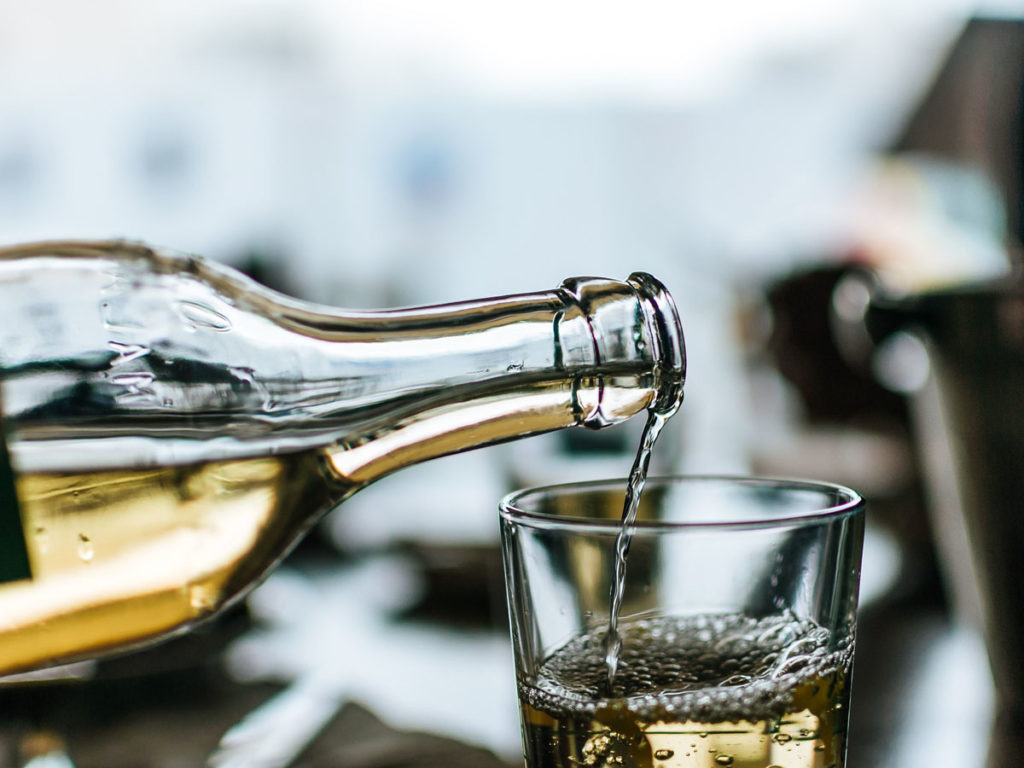
Join Warren and me as we review top-notch wines from around the world and have engaging conversations about wine and life. In the first installment of Warren and Will’s Wild Wine Reviews, we review Drew Bledsoe’s Doubleback. In the second, we review Chateau Picard. And there will be a new video every week, so be sure to subscribe to our Youtube channel so you don’t miss anything. Join us for a far-ranging discussion of these wines, and the wine industry in general.
And of course, be sure to check out the rest of our blog posts about wine, as well as our sister blog about travel.
Have a favorite chardonnay? Just want to vent about how much you hate chardonnay? Leave a comment!
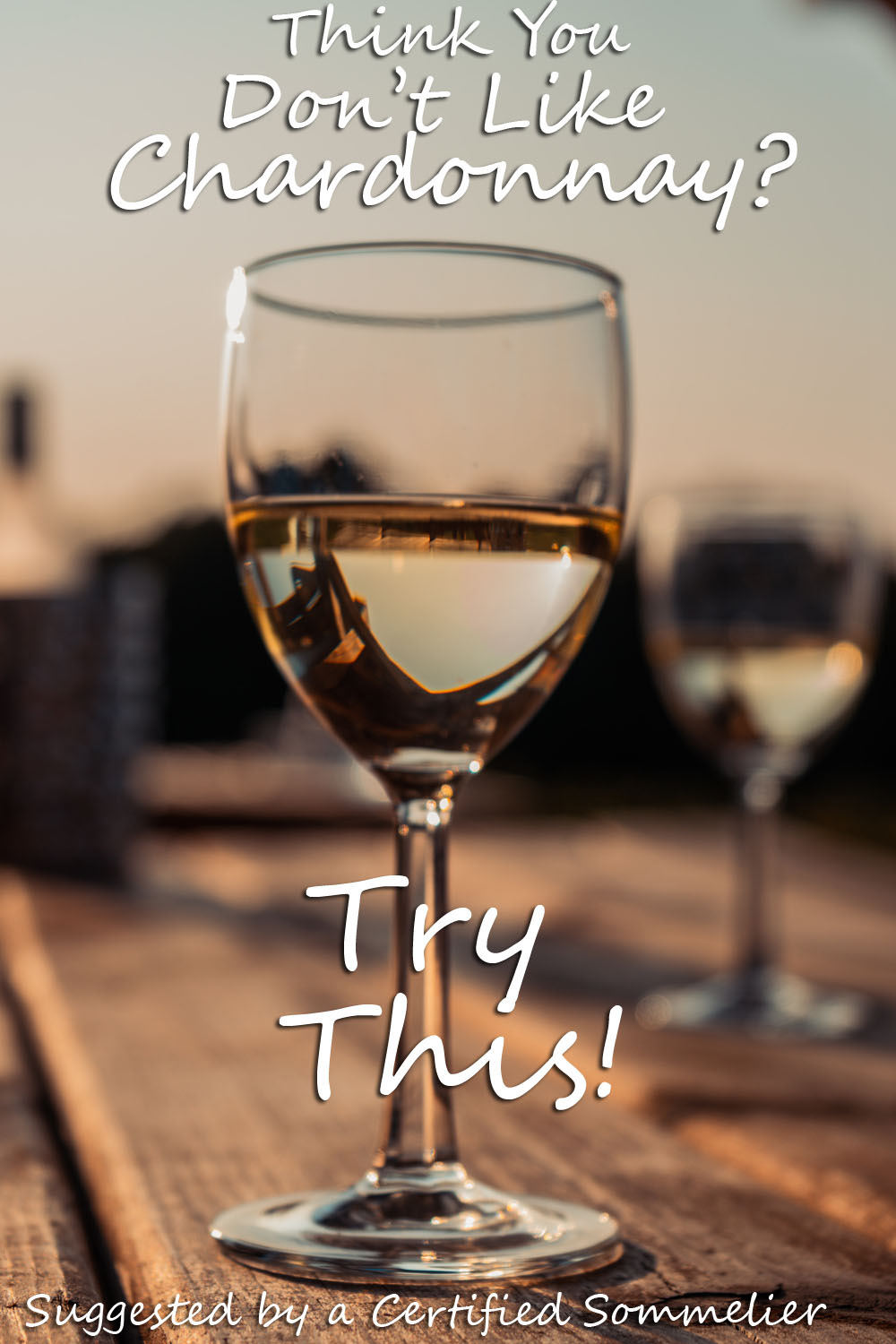


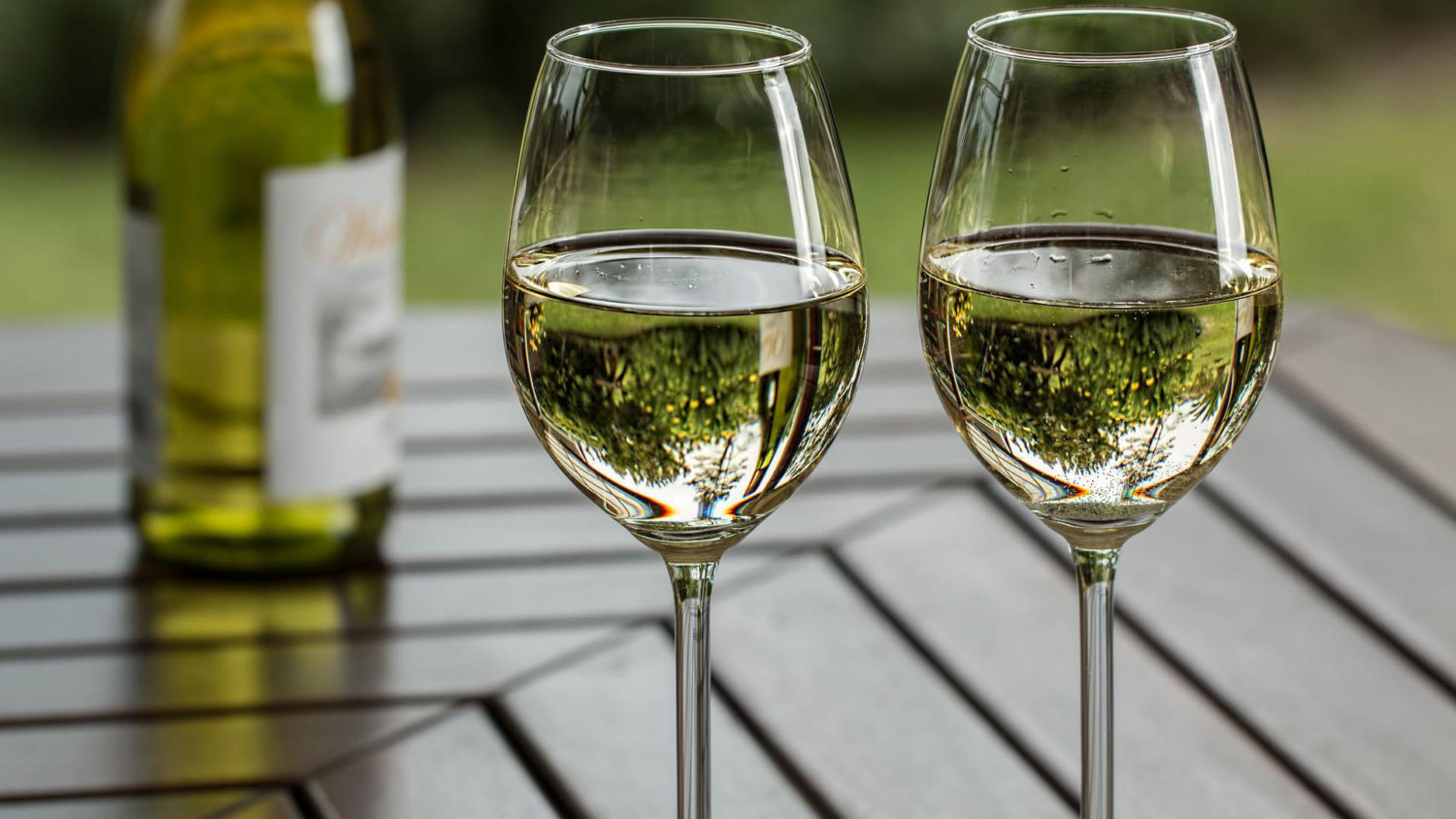
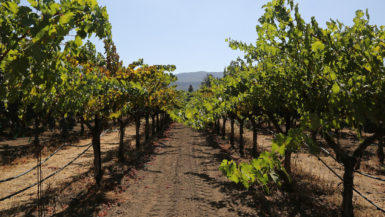
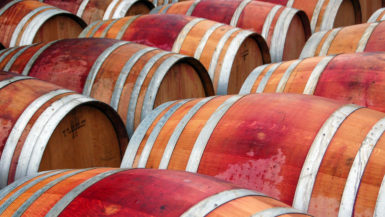
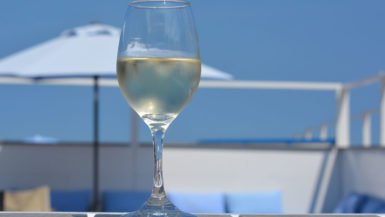
I agree. Many Virginia chardonnays, like so many others, suffer from a winemaking style that is more interventionist than a V-22 Osprey. These wines all resemble each other closely and lack excitement because the production style overwhelms most of the nuance that could be elicited by less dramatic techniques. Better is to take what your specific grapes throw at you and leverage it to your advantage, like a judo master. I’ve found that with care, only a bit of neutral French oak, and no malolactic fermentation, the chardonnay I currently work with in Virginia can produce delightfully focused fruit, lively aromas and a Chablis-like sense of flint. The common brute force style would obliterate all that. Kudos for suggesting steel fermented chardonnay, and congratulations on the new venture.
Thanks, Rick!